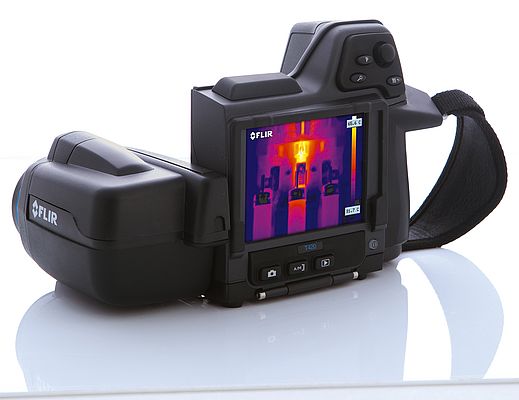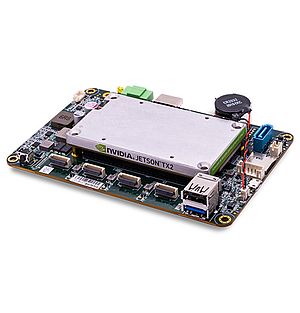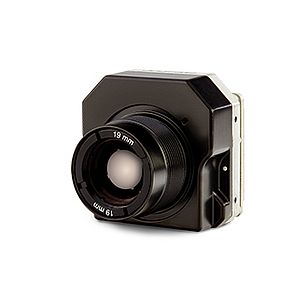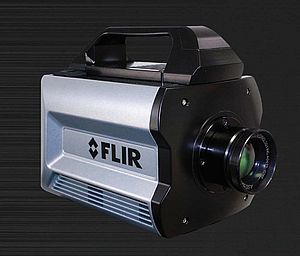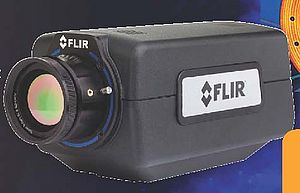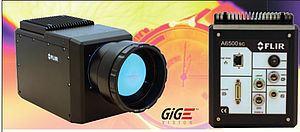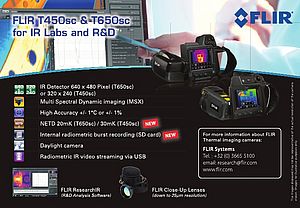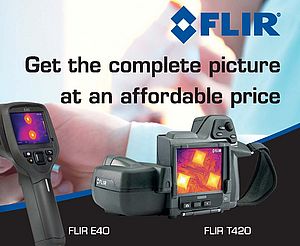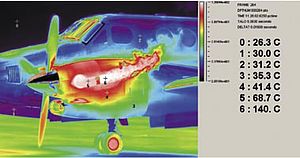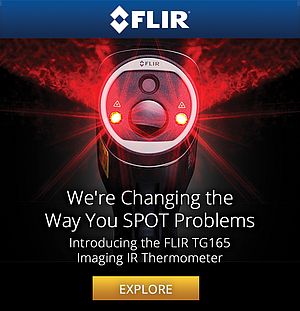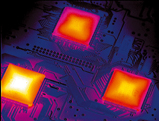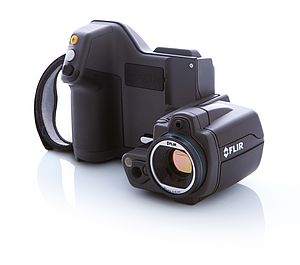Well experienced users of thermal imaging cameras like service providers, maintenance managers in industrial facilities and utilities are demanding more from thermal imaging cameras. They want ergonomic systems that they can use several hours per day, cameras that offer high image quality and that are equipped with all the necessary features that help them to save time when doing their everyday jobs. The T400-Series from Flir are user-friendly cameras well suited also for the first time user. The new series are designed for the user looking for high performance at an affordable price. They combine good ergonomics with high image quality of 320 x 240 pixels. They come with a tiltable optical unit which makes it possible to measure and take images of objects in all angles, still in a comfortable working position. The T400-Series offers two different versions: Flir T420 and Flir T440. The former has a temperature range of -20°C to +650ºC and 4 x digital zoom. The Flir T440 thermal imaging cameras are equipped with the innovative 'Multi Spectral Dynamic Imaging (MSX)' feature, which produces a detail rich image. MSX produces better texture in a thermal image. Due to this new feature more anomalies can be detected, analyses can be done more detailed and conclusions can be drawn in a split second. The camera measures temperatures between -20ºC and +1,200ºC. Objects of interest, both on the thermal image and the visual image, can be highlighted by sketching directly on the touch screen of the camera. An 'instant report' of the inspection (with sketches or other text comments included) can be created directly in the Flir T440. A programmable button provides easy access to favourite functions. Built-in Wi-Fi allows connecting smart phones or tablet PCs for the wireless transfer of images or remote control of the camera. The Bluetooth based Meterlink function transfers readings from external measurement instruments to the thermal image. Every T400-Series thermal imaging camera comes with Flir Tools software. It allows to import thermal images directly from thecameras to a PC for basic reporting and analysis.
Thermal Imaging Cameras
User-friendly ergonomics
- by FLIR SYSTEMS TRADING BELGIUM
- April 20, 2012
- 1574 views



